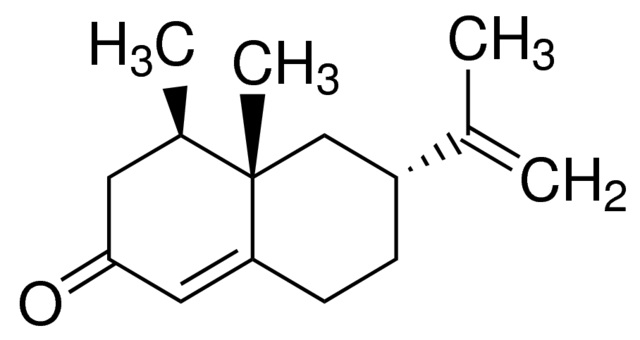The EPA has approved the use of nootkatone, a chemical found in some trees and citrus fruit, as a tick repellant, reports the NY Times in a story with a cool headline: “Citrus Flavoring is Weaponized Against Insect-Borne Diseases.”
That doesn’t mean it will show up on shelves tomorrow, however: “The E.P.A. registration applies only to nootkatone as an active ingredient, the statement said. Any formulations using it in the future will have to be tested and registered separately.”
Granite Geek readers with more memory than I seem to have these days may recognize that weird-looking chemical name – I wrote about it two years ago after Gov. Sununu prodded the EPA to approve it against ticks:
For a number of years researchers with the Centers for Disease Control, and others, have been trying to understand why a few compounds taken from essential oils of a couple of cedar species seems to be effective as repellents and insecticide against many ticks and mosquitoes. (I thought “essential oil” was a marketing term used by New Agey types, but it has a real definition: They’re distillations of aromatic compounds, or molecules with certain structures that aerosolize easily, so they are associated with specific smells.)
.
A report (here) from two researchers with the CDC’s Division of Vector-Borne Infectious Diseases, put it this way: “They have been shown to have biological activity against a variety of mosquito and tick species. Although these components act as both repellents and insecticides, how they function in either capacity is unknown.”
.
What’s exciting, though, is that they don’t seem to operate the same way as existing insecticides and repellents – we know they don’t interact with the same molecular targets as existing insecticides, even if we don’t know exactly what they do – and this is of great potential value if any biting critters develop resistance to an existing chemical.
The chemical has that name because it was first found in the Alaska yellow cedar, also known as the Nootka cypress, which is named after First Nation people who live on Vancouver Island in Canada.


 Return to the Concord Monitor
Return to the Concord Monitor
David,
I am new to your blog but I am very intrigued with all of the interesting information. I am not surprised by this as my wife has been raving about essential oils and the benefits for years. I am positive as soon as I show her this she will just look at me and say “see, I told you they were good for everything!”
thanks for all of the wonderful work
Much of the time “essential oils” is a meaningless advertising claim that means nothing, like “organic” – slapped on willy-nilly to boost sales. But not always!